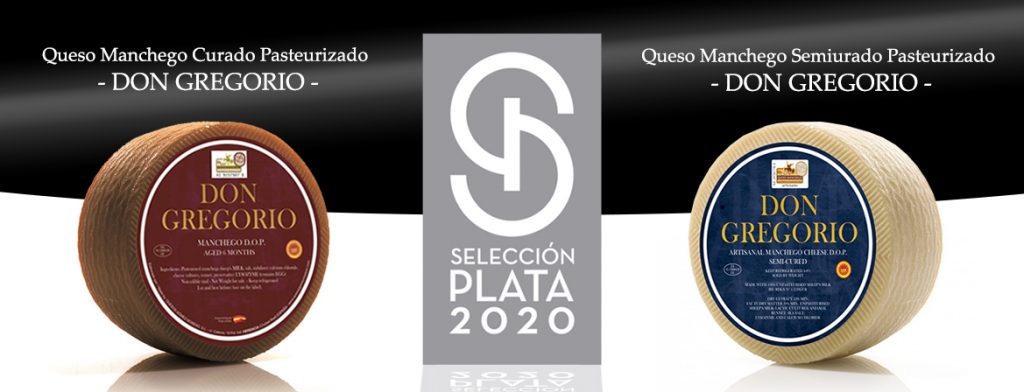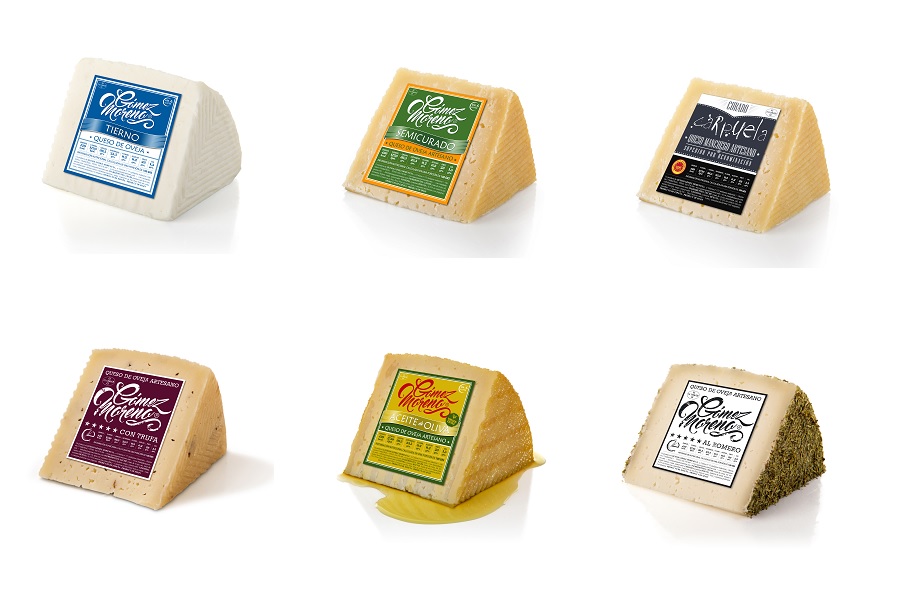Whether you get along with cheese or not, whether you’re from La Mancha or not, if you’ve made it this far it’s no coincidence—stick around to see the nine curiosities about Manchego cheese, a food that leaves no one indifferent: you either love it or you love it.
This product that so strongly defines us Manchegos, our good taste and traditions. Manchego cheese is part of us; it’s part of our land.
We want to emphasize, as you all know, that we are a family business that has been passing down this culinary art for four generations. Something that is already part of our history, and from there comes our vocation and our knowledge.
Here are the nine curiosities about Manchego cheese that every snoop should know.
What is the most popular cheese in Spain?
Of course, the most imitated cheese beyond our borders is ours: Manchego cheese. The Spanish cheese made from milk of the Manchega sheep breed and protected by a designation of origin in La Mancha.
And not only that, but it is also one of the most consumed cheeses in the world, ranking fourth, behind Gouda, Brie, and Parmesan.
Proof of this is our own cheeses, which year after year are recognized in various competitions with different awards, such as quality prizes.
Designation of Origin of Manchego Cheese
The Regulatory Council of the Designation of Origin of Manchego Cheese is the body responsible for certifying Manchego cheese. It is responsible for ensuring that the cheese meets the requirements set out in the Specifications of the Protected Designation of Origin.
What are cheese lovers called?
If you’re still here, it’s because you’re a turophile. This word is made up of <<philos>> a term that comes from Greek and means “love of,” and from the concept <<tyros, which means “cheese.”>> which also has its origin in Greek and means “cheese.”
That’s why turophiles are those of us who love cheese and enjoy not only tasting it but also everything that surrounds this food (culture, history, curiosities, emotions, etc.).
What is the optimal temperature at which cheese should be consumed?
We’re used to consuming cheese straight from the fridge; however, the perfect way to enjoy this delicacy and appreciate all its qualities is to take it out and let it reach room temperature before tasting it, so it’s in its optimal state.
The ideal temperature for semi-cured, cured, or aged cheeses would be between 22°C and 24°C. On the other hand, in the case of soft cheeses—although these cannot be Manchego due to their maturation—the ideal temperature would be between 18°C and 20°C.
Remember that on our blog we give you 6 ways or ideas to preserve your cheeses.
Where is the most cheese produced?
According to a report by RTVE featuring Salvador Valero from Quesos Bon Fromage, the largest cheese producers are in La Mancha in general, and in the case of Manchego cheeses, they can only be made in the protected area of La Mancha.
Furthermore, Manchego cheese, although it may seem obvious, can only be called that if it is made exclusively with milk from sheep raised in La Mancha.
This is one of the curiosities that, as Manchegos and producers of this product, makes us proud and in some way allows us to recognize our work and effort.
Cervantes and cheese
Miguel de Cervantes, being a true Manchego, was also a cheese lover, as he mentions it several times in his most famous work: Don Quixote of La Mancha, reflecting that both characters are great consumers of Manchego cheese.
As he very rightly says between his lines: “You do not live by bread alone, my good Sancho.”

Why are cheeses round?
The wheel shape of cheese is due to the fact that it was originally produced in a round form to make transportation easier. But cheese wasn’t the only food made this way—bread was also produced in this shape so it could be carried in the sacks that were used in the past.
Can mold on the rind be consumed?
How many times have we thought that once cheese gets moldy, we can’t eat it anymore? However, it’s actually normal in both stronger cheeses like cured and semi-cured ones, as well as in fresher cheeses. That’s why simply cleaning and removing it with a kitchen brush is enough to keep enjoying the cheese, as it’s not harmful or dangerous in any way. It’s simply part of the cheese’s fermentation process.
Is the rind of cheese edible?
In the case of fresh and soft cheeses, there’s no issue since the rind hasn’t been treated. In the case of cured, semi-cured, and aged cheeses, it’s not advisable because the rinds are treated; they are not edible and this is specified on the label. Although they may have a natural rind that can technically be eaten, we do not recommend consuming it.
These are just some of the many curiosities hidden within Manchego cheese and everything it encompasses.
If you have any cheese-related curiosities to share with us or if you’d be interested in discovering more cheese peculiarities, let us know through the comments.
Here’s the link to our cheese shop so you can continue or start savoring Manchego cheese with our artisanal cheeses made from Manchega sheep’s milk.

















